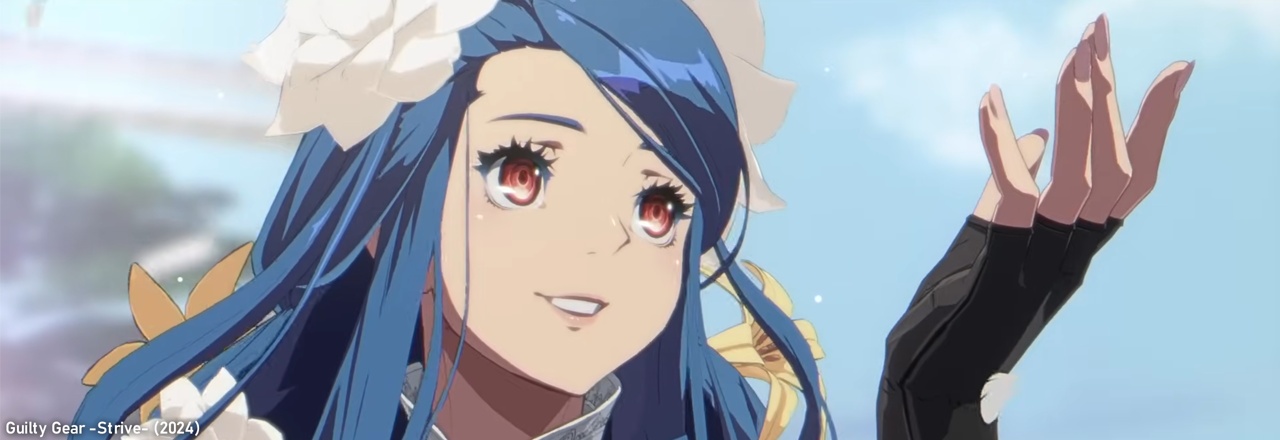Introduction

Character models in games can be daunting. If you’re a beginner to characters (or to Unreal) you may wonder where to even get started.
I wrote up this introduction to help de-mystify the processes for newcomers, and give general advice about characters.
Human Characters Are Just Models
If you’re a beginner you may be intimidated by the prospect of building character assets, particular human or humanoid characters.
- Do I need to know what a metahuman is?
- Do I have to learn about motion mapping, and other new tools Unreal has?
- Do I need so many animations that I can’t author them myself?
Good news: the answer to all the above is no. Whether your character is a box, a cartoon mascot, or a photo-real human: it’s just vertices, bones, and animations. Sure, humans are complex creatures, but don’t feel gate-kept or intimidated.
Epic has a habit of shouting their brand-new features from the rooftops and telling you that you need them. Are there teams in the industry using complex things like motion matching to produce characters? Yes, and that’s great! But that’s not the norm. There are even more teams using basic techniques (with great assets) to produce awesome characters.
I urge you to focus not on flashy tools, but instead on the fundamentals.
Fundamentals

A good character model is a magic trick – we create the illusion of a living breathing character on the screen. But behind the curtain, the ingredients are simple.
I would argue that the fundamentals of this illusion are:
- good art direction
- good deformation
- good animations
How do you pull this illusion off? Well, it takes time and practice. Such is the way of art.
Fundamentals Don’t Change

The thing about fundamentals is that they are timeless.
Whether we look at Resident Evil 4 in 2005 or 2023, Leon is a successful character. He feels alive, with tons of personality, and some great motion-captured performances. In 2023 the rendering techniques are newer, but he shines in both games.
It doesn’t really matter than Leon’s 2005 model has shadows painted into the textures, and his 2023 model simulates subsurface scattering. He’s brought to life because Capcom knows their fundamentals.
Fundamentals Overshadow Technical Fidelity

Even without fancy bells and whistles, we can still make a world-class game with the bare essentials.
Persona 5 Royal’s character models are dead-simple. But simple does not mean bad; Atlas’ artists produced characters that move well, hit strong poses, and tell a story. They resonate strongly because Atlas knows their fundamentals.
Basics
The basics (as opposed to the fundamentals) are the pieces of knowledge you need to use the tools in front of you.
This compendium is here to help you with the basics. Specifically, the basics of how to make character assets in Unreal.
Why I’m Telling You This
The takeaway here is that you will succeed with good fundamentals, and fail with bad fundamentals. And no amount of cutting-edge features will save bad fundamentals.
The reason this is important is because as you follow these guides and implement your characters, you will innevitably start struggling with making them look good. When that happens, I urge you to think about whether you are running into a technical problem, or an art problem. A new tool may (may) solve a technical problem, but it won’t make your art assets better. An art problem is solved by the iterative artistic process and the application of your art fundamentals.
Recognizing this distinction is a key skill when working on characters. Even if your title does not have “artist” in it, this is still a key skill for working in your team.
This Compendium
Again, this compendium is designed to teach you the basics. That way, you have the foundation upon which you can create great characters.
But remember that your art fundamentals are what it’s really all about. This philosphy influences how I write these guides and choose what to include or not include. I hope that this compendium helps you create a pipeline that gets the technical basics out of the way, so you can focus on what matters.